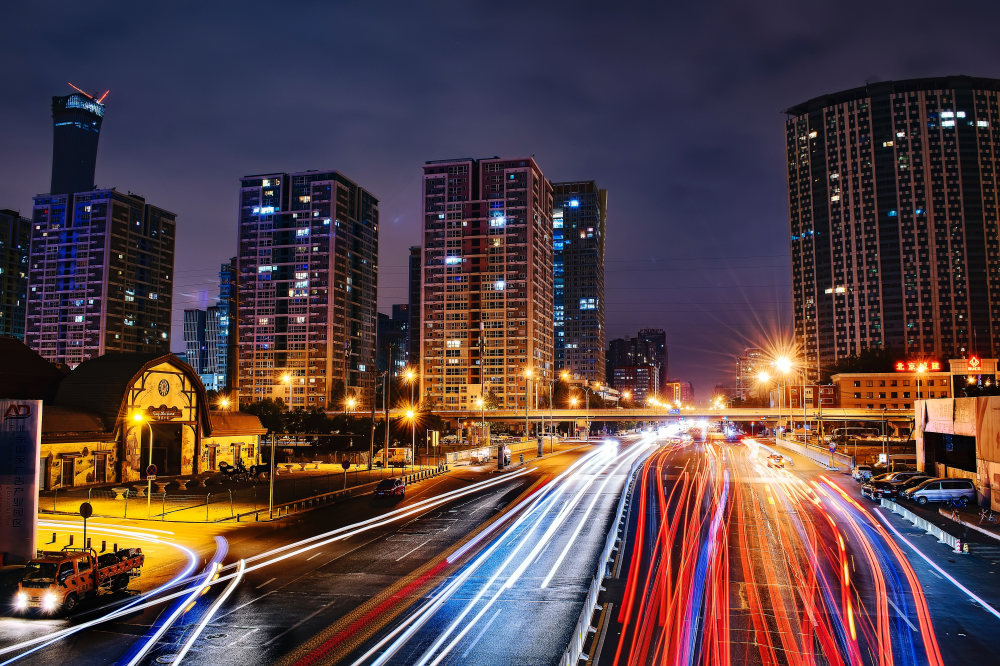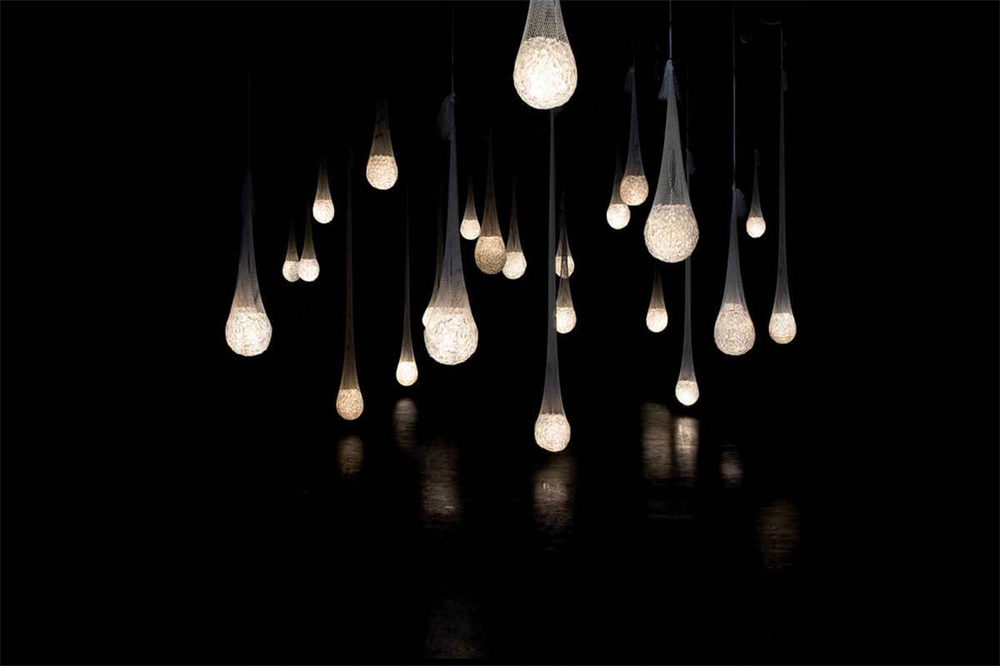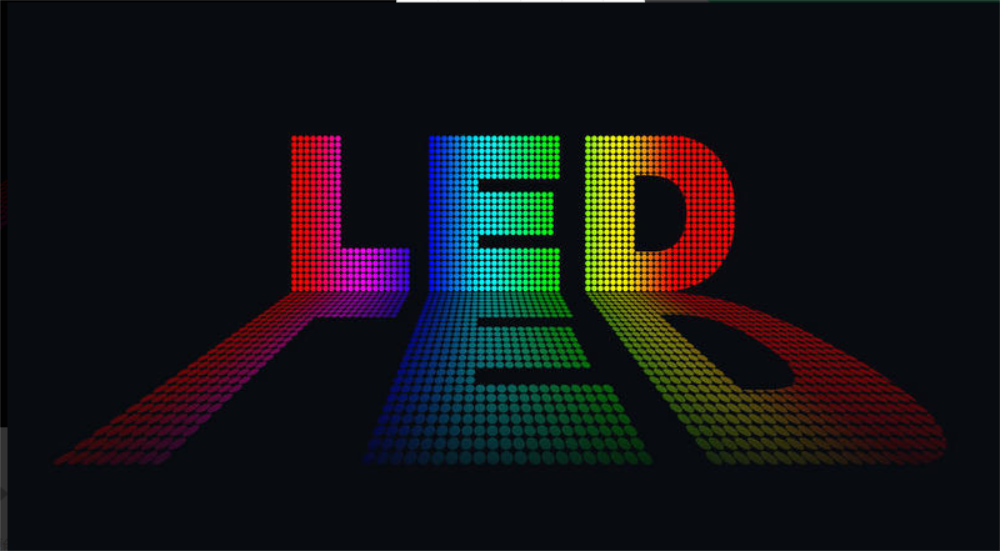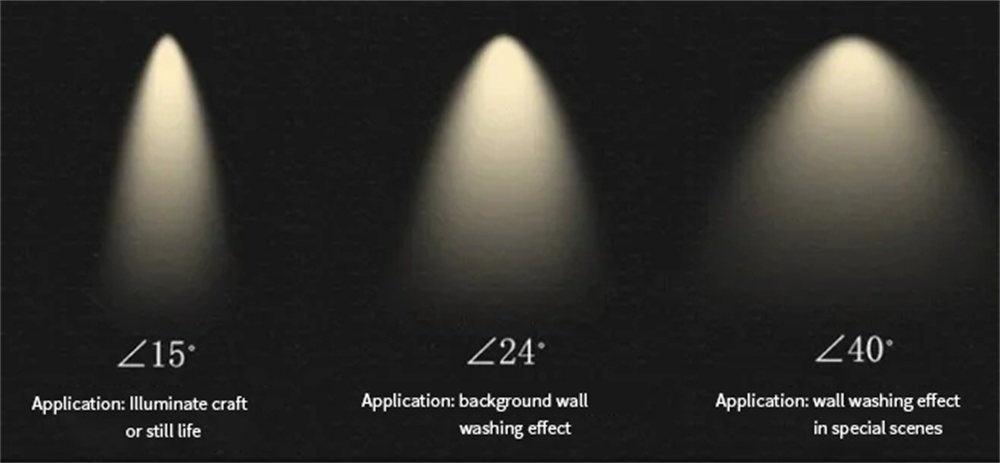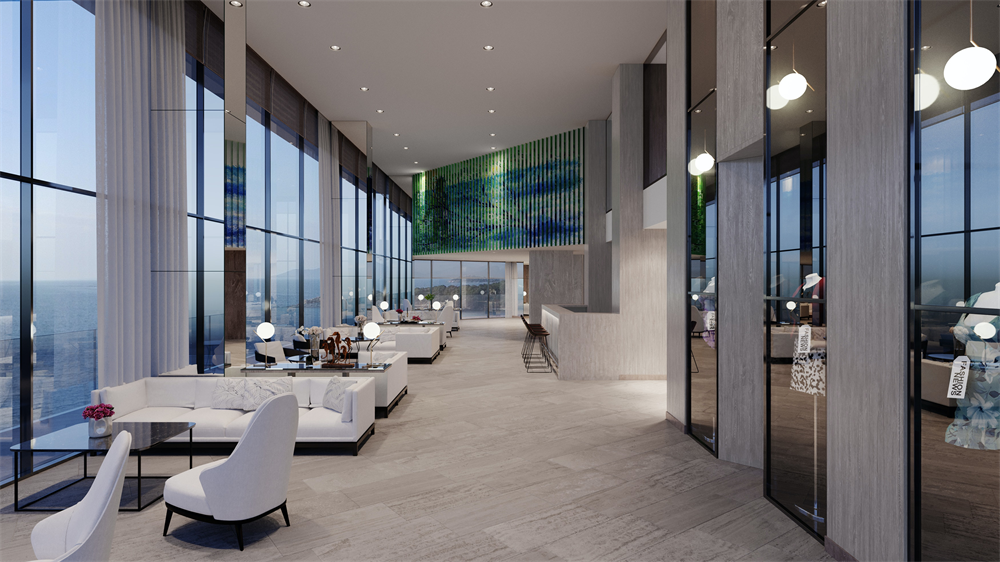In the early years, the things pursued by the hotel lighting and hotel decoration industries were not what they are now. High-end, luxurious and atmospheric are the common requirements in the industry. At the moment, the theme of luxury is undergoing subtle changes.
We say these changes are “minor” because, by and large, the big hotels are still on the cusp of luxury. So, where are these subtle changes? The overall style, home selection, lighting design, etc., have actually changed in all aspects. The industry in which the author is located is hotel lighting, so I will briefly discuss it from this perspective.
Since the beginning of the 21st century, energy conservation and environmental protection has become a topic of global appeal, and the lighting industry is naturally the first to bear the brunt, because it has the closest relationship with electricity. For example, since 2008, the European Union has mandated the gradual delisting of incandescent lamps, and after 2012, it has been completely delisted. my country also banned the sale of incandescent lamps in October 2016. The reason for all this is due to the high energy consumption of incandescent lamps (only 5% of the electrical energy is converted into light, and the other 95% of the electrical energy is converted into heat.
Replacing incandescent lamps are energy-saving lamps and LED lamps. The light efficiency (luminous efficiency) of the latter is 10-20 times that of incandescent lamps, which means that the ability to convert electrical energy into light is many times stronger. Specific to the hotel lighting industry, the same is true, incandescent lamps have long been eliminated, and it is difficult for us to see incandescent lamps in modern hotels. First, the light color of incandescent lamps is relatively single, which cannot meet the requirements of increasingly artistic lighting design. Second, the power consumption of incandescent lighting is too great. The use of LED and energy-saving light sources can save at least 50% of the lighting energy consumption for hotel lighting.
Outsiders may not pay much attention to the fact that lamps and lanterns account for a relatively large part of the energy consumption of a hotel. As the fourth-generation light source, LED is currently very hot. The development of LED lighting, for hotels, really needs to pay more attention, and major hotel lighting manufacturers are also mainly promoting LED products.
More than ten years have passed, and LED is no longer the young boy. Whether it is home improvement or tooling, LED has become popular. Previously, the China Lighting Association had done some investigations on the hotel industry, and found that a hotel room can use about 10 halogen lamps, with an average of about 25W, and some higher. And if it is replaced by the current LED lights, it may only need 5W. And with the development of LED technology, the wattage can be even lower.
So, is our so-called hotel energy-saving lighting just replacing the light source with LED?
of course not!
We have visited many hotels, checked many hotel lighting cases, and found that many hotel lighting is not reasonable. In fact, today, almost all hotel lighting uses LED and energy-saving light sources, so there is no problem of light source selection. So where is the problem?
First, the rationality of lighting design. For example, from the perspective of a hotel design company, style and artistry are the most important. But we often find that there is a big gap between the design drawing and the actual finished product. A big reason is the lighting design. To give a very subtle example, a work of art in the picture below focuses on lighting. If you choose three lamps with different beam angles and different lighting angles, the light produced is completely different, and the artistic effect is also completely different. The designer wanted to make the effect of the 38-degree beam angle, and the result may be 10 degrees.
Or, a certain area of the hotel, such as corridors and aisles, only needs simple basic lighting. 7W spotlights can do the lighting, if you install 20W, it is a serious waste. For another example, if natural light is introduced in a certain area, artificial lighting fixtures are not needed during the day, and at this time you do not have a separate control switch, which is unreasonable.
Second, no intelligent lighting system has been introduced. Especially for large hotels, smart lighting systems are very necessary. As we have mentioned in other articles earlier, smart lighting systems are another trend-level application in the hotel lighting industry.
Still an example. For hotel rooms, users can choose different scene modes according to their own preferences, or even select them with one click on their mobile phones. The lamps in the whole room can be turned on wherever you want. For another example, in the elevator hall, corridor, aisle and other areas of the hotel, in the dead of night, there are not many people walking around, but you can’t turn off the lights.
At this point, you can set it on the smart control panel, and from 11:30, the light brightness in those areas will be reduced by 40%. Or from 7:00 am to 5:00 pm, in certain areas with natural light, artificial light sources are partially or completely turned off.
And these operations, which are expected to pass through the design of the circuit loop, will be very complicated. Even if it is designed, how many employees do you think will be able to remember the operation of the switch and the time.
Don’t underestimate the economic benefits that lighting design can bring to hotel lighting. It is actually a huge cost over the years.


